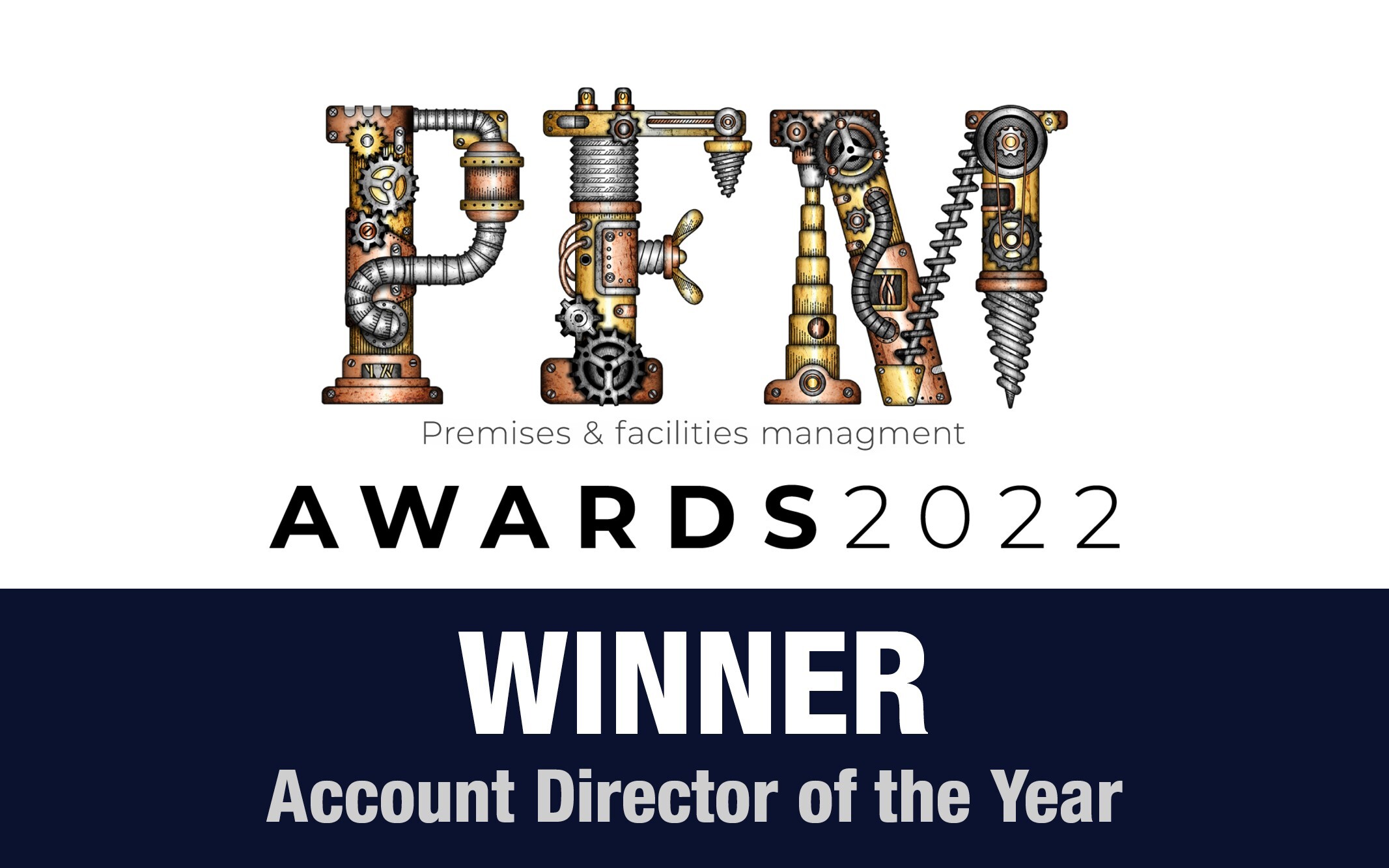





 Building & Fabric Maintenance
Building & Fabric Maintenance

 Mechanical & Electrical Maintenance
Mechanical & Electrical Maintenance



 Events & Lifestyle Services
Events & Lifestyle Services

 Logistics & Office Services
Logistics & Office Services

 Security
Security

 Catering
Catering

 Cleaning & Environmental
Cleaning & Environmental







Small Decencies


Boutique FM


Fully Engaged


Brilliant Basics


Great Experiences


FM Technology


Great People


Advocacy


Right size, Right fit


Promises Delivered





By 2030 all commercial property will likely need to have an energy rating of B, be decarbonised and ready for the climate change of the future. With less than 10 years to prepare, how can building owners and occupants maximise their existing space and create a workspace for the future?
There are many practical ways to maximise a building’s potential, from understanding energy ratings and including regular housekeeping checks, to ensuring you reach seven year payback regulations. We review the best methods and explain more below.
Energy ratings explained
When looking at the Energy Performance Certificate (EPC) of a commercial property, there are two parts to consider: the Energy Efficiency Rating, and the Environmental Impact Rating. These two parts combined create the overall EPC of a building.
Both parts of the EPC will have a Current vs Potential section, which shows the existing rating and then what rating potential there is. The number on the EPC demonstrates the accumulated ‘points’ from the assessment.
The bands work as follows:
| Band | Rating Points |
| A | 92-100 SAP points (Most efficient) |
| B | 81-91 SAP points |
| C | 69-80 SAP points |
| D | 55-68 SAP points |
| E | 39-54 SAP points |
| F | 21-38 SAP points |
| G | 1-20 SAP points (Least efficient) |
*SAP stands for Standard Assessment Procedure and is the system to analyse the efficiency of a building.
Why are EPCs important to understand?
Understanding what an EPC says, and what steps you need to take as a building owner or occupant, will help you to maximise your buildings potential.
As well as the rating of the building, an EPC will also determine where efficiencies can be made and how much money and carbon savings they will bring to a building. This information is vital to make decisions that will have long lasting impacts on the efficiency and carbon output of your building.
The benefits of utilising energy ratings
Energy ratings aren’t just a number on a piece of a paper; instead, they are filled with informative, building specific guidance on how to maximise the potential of each building or office.
The measures laid out in the energy rating will help landlords and facilities managers to ensure they action the most efficient measures first. This helps to meet seven year payback regulations, which is a large benefit of utilising energy ratings.
Seven-year payback regulations state that within seven years of the energy saving measure being installed, the cost of installation must be less than, or equal to, any savings made.
Reducing office carbon output with responsible cleaning and maintenance of your premises
While it may not seem like it, having a carbon aware maintenance and cleaning schedule can reduce your carbon output drastically. Making changes such as a flow-cleaning ‘lights-off’ rota, or implementing sensor triggered switches can reduce carbon output by up to 20%.
Housekeeping and cleaning rotas can easily assist in this. By working with your facilities management company, you can create a rota and process to ensure that electricity is saved where possible.
Maintenance must also be used as a pre-cursor to installing energy efficient measures. Without fixing existing problems, such as gaps in the roof, incorrectly sealed windows and more, implementing new energy efficient measures are redundant. For example, adding in the correct insulation to an office roof would be deemed worthless if gaps around the guttering and drainage were not sealed off properly first.
Anabas is proud to support our client’s sustainability targets through the delivery of carefully planned facilities management services. Get in touch today to see how we can help you to maximise your building’s potential.



















